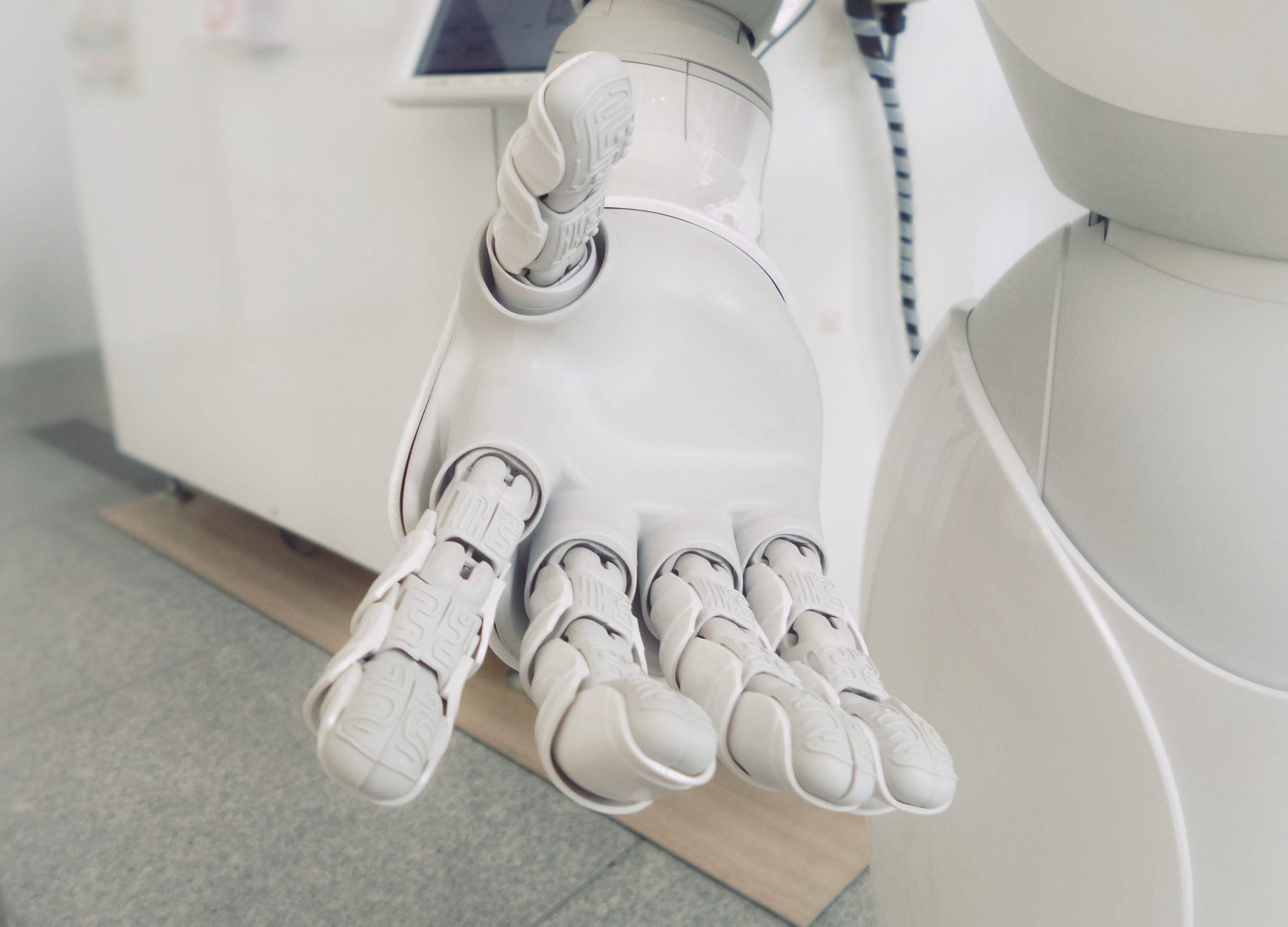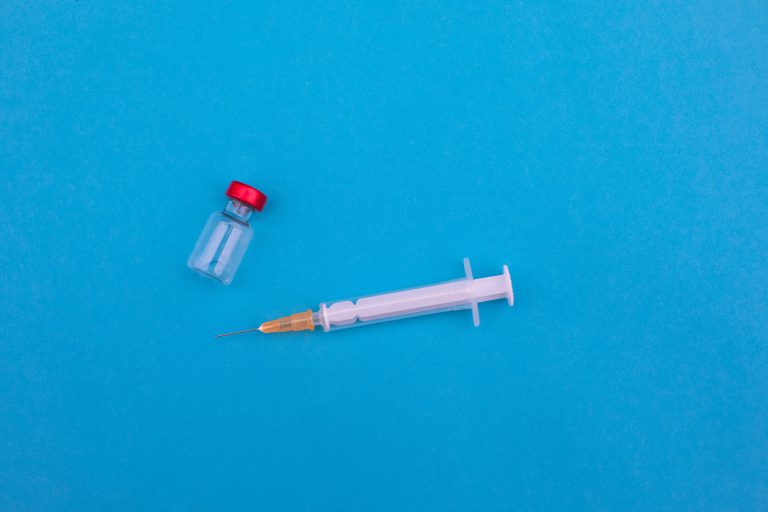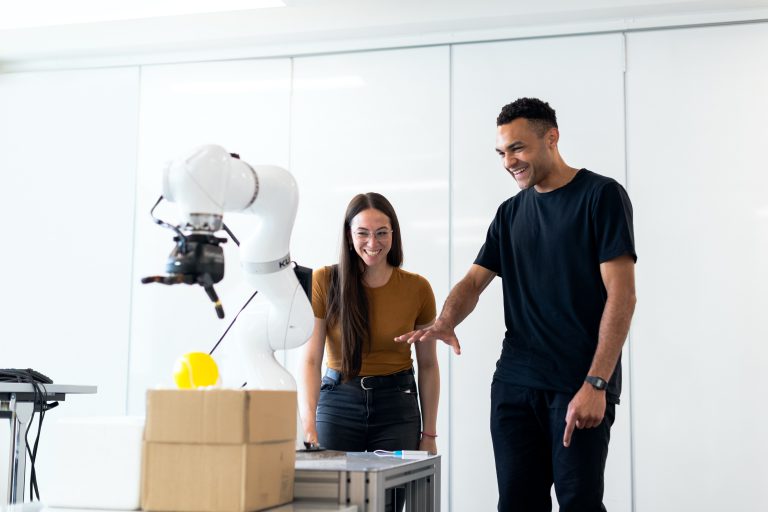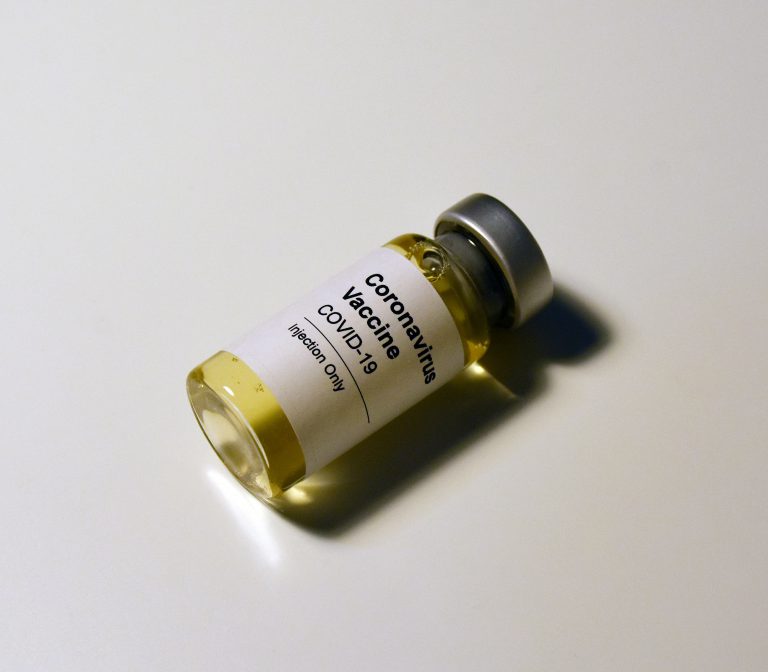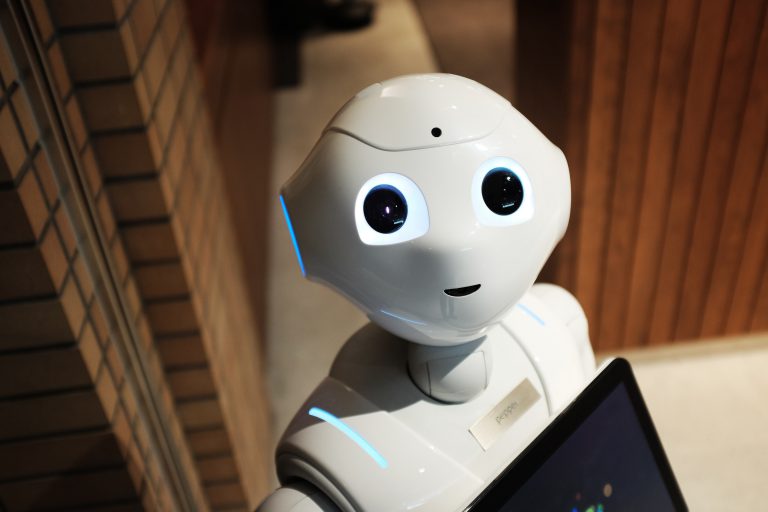Technology continues to develop and make our lives easier by the day, and this has been a godsend in certain industries, especially in healthcare. Perhaps the best example of innovative technology that has benefited the industry greatly is robotics. Robotics can be used to take care of repetitive tasks, allowing medical workers to focus on other things. While robotics might never replace a human’s touch in the medical world, such technology will nevertheless be vital to the operations of many medical institutions, allowing for institutions to provide better care and service to their patients.
Robotics and the Medical Industry
The robotics’ role in the industry has been continuously expanding. This started in the year 2000, where a robot dubbed the Da Vinci Surgical System was used in surgery. Since then, the robot has performed thousands upon thousands of operations, showing the world that a robot can save lives and can be relied on to do so. The development of robotics in the medical industry has continued since then, and for multiple purposes.
Robots usually take on the role of an assistant, taking over certain responsibilities while the nurses are busy with other tasks. These responsibilities include monitoring the patient or offering them comfort. Robots like these are already in existence, such as Paro, the Fuzzy Seal, a robot that is designed to soothe patients undergoing treatment for various medical conditions.
As development continues, robotics is also finding its way to the different departments of the hospitals. For example, surgery robots will be built to assist in surgery rooms to ensure the medical processes have little to no chance of errors. Robots can also be used in intensive care units, where they can always be ready to carry out the right procedures should an emergency happen and no doctor or nurse is nearby to give immediate attention.
Other departments that these robots can find themselves in are laboratories, such as the Cath labs. In the Cath lab, pictures of the heart are created to treat all sorts of abnormalities. With a robot taking the place of normal humans carrying out the job, not only do the workers minimize their exposure to constant radiation, but they also lessen their chances of acquiring workplace injuries such as muscle strains. Workers in these labs typically end up with these workplace-related injuries due to the aprons that contain lead and other heavy pieces of metal, which is there to protect them from the radiation.
Conclusion
Put simply, robotics has played a pivotal role in allowing many medical institutions to provide higher quality health care and services to their many patients. However, while there might be billions of dollars invested in such technology, it is good to know that they will never replace humans entirely. Nothing can replace a human’s touch, where one can connect on a personal level to another individual, especially in an industry where things can get quite personal. Robots cannot do much to ease these things from fear to pain other than utilizing substances and anything along those lines. That said, medical institutions should not mistake this as a sign not to adopt this new technology. Such technology is needed, not only for providing better healthcare to the patients as mentioned, but also for medical workers to perform better in the field, offering the services that people require.
To stay up to date with the latest healthcare news and articles, check out what we’ve got on Dose of Healthcare, a platform that brings the right and relevant information straight to you.

